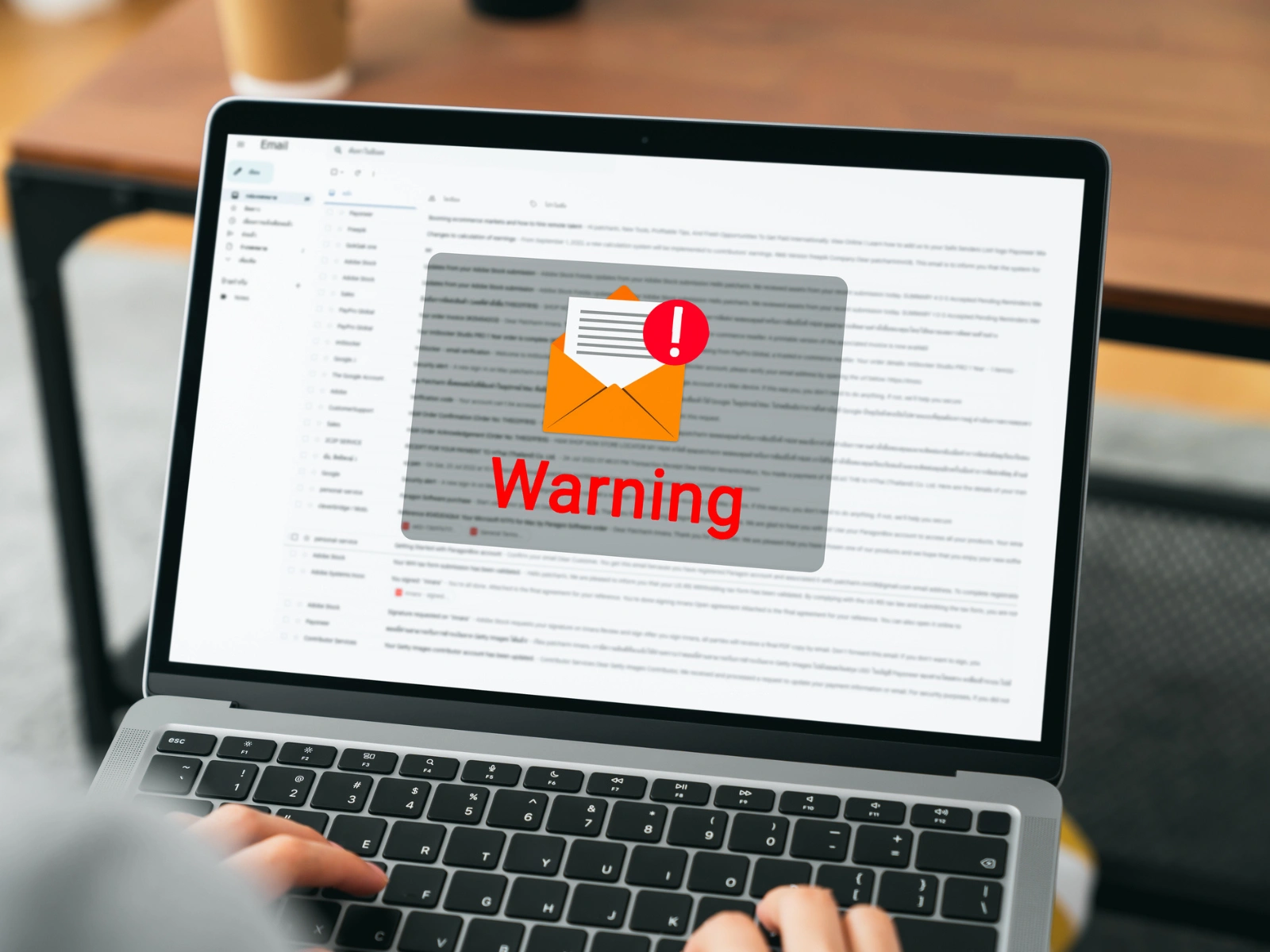We take your privacy seriously. We do not sell or share your data. We do use cookies to enhance your experience with our site and to analyze the performance of our marketing efforts. If you’d like to learn more, please see our Privacy Notice.
You can choose to enable or disable some or all of these cookies, but disabling some of them may affect your browsing experience.













